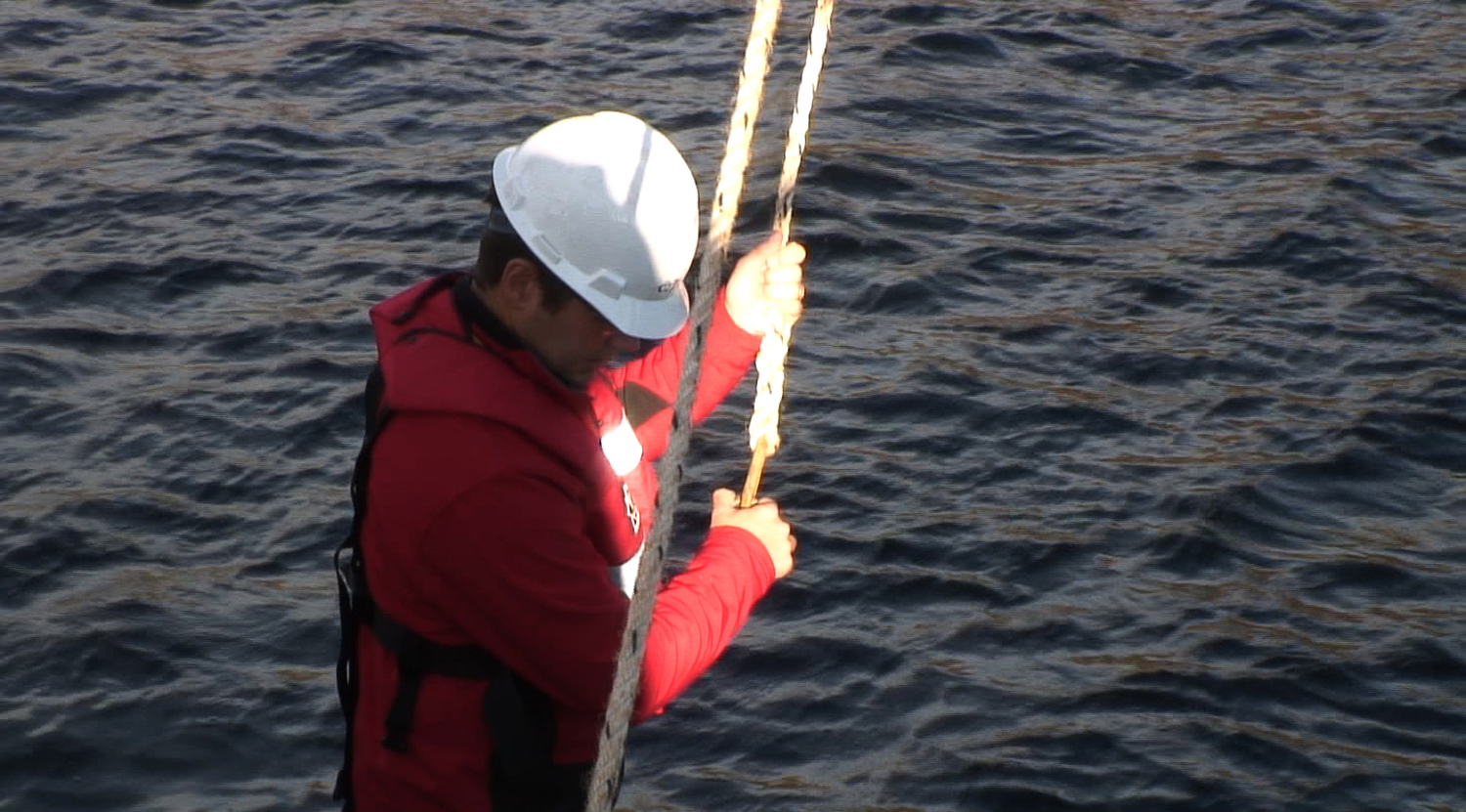




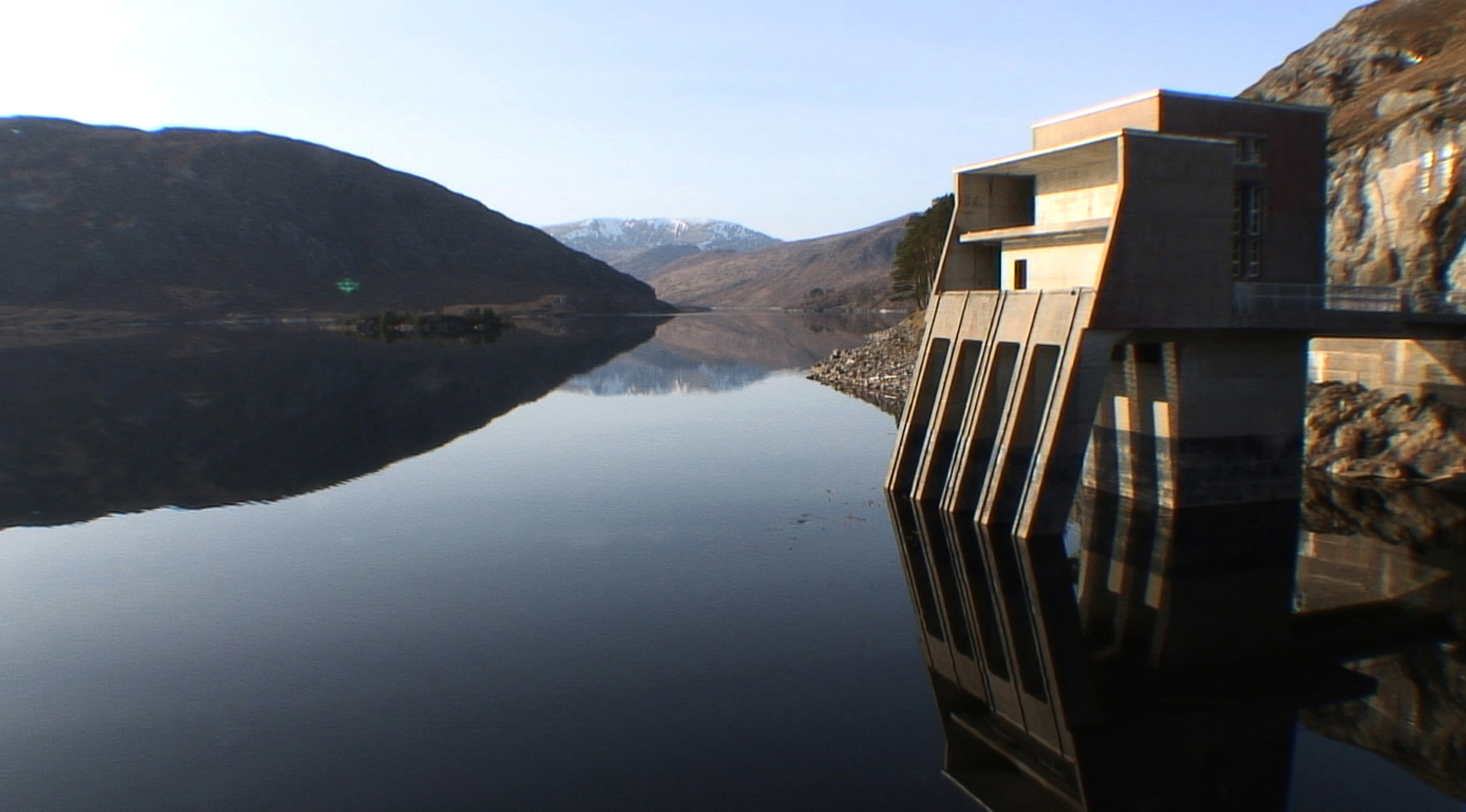



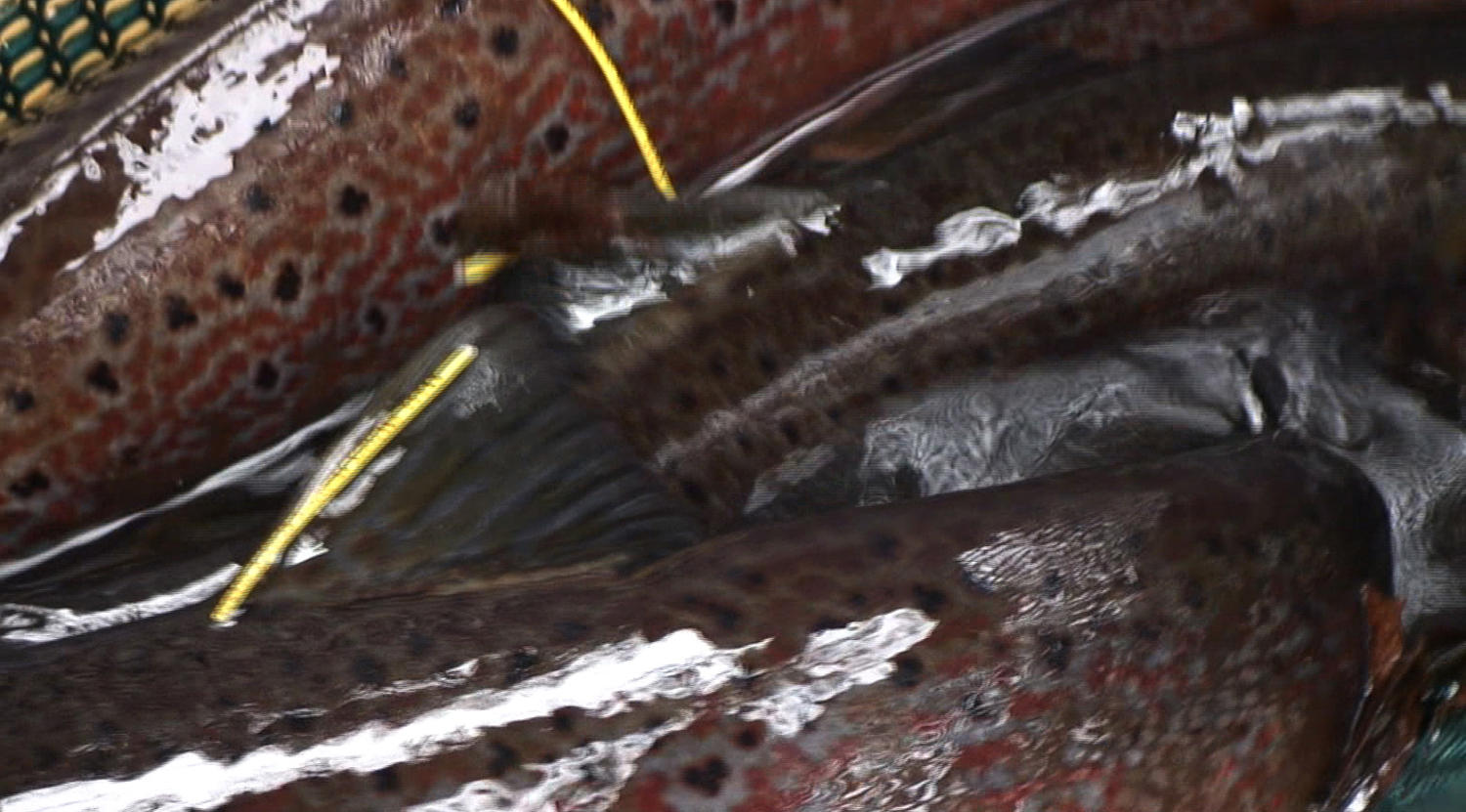

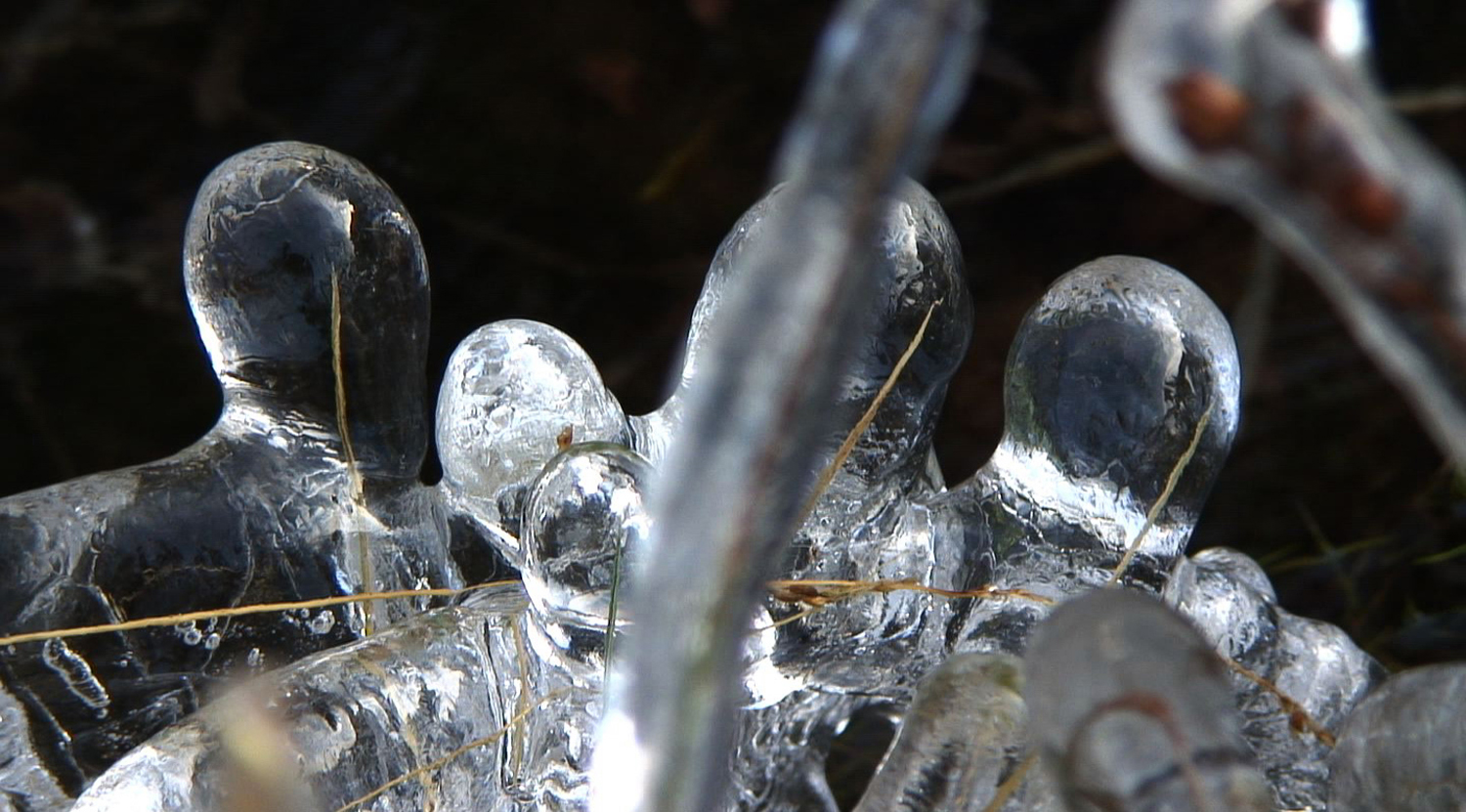



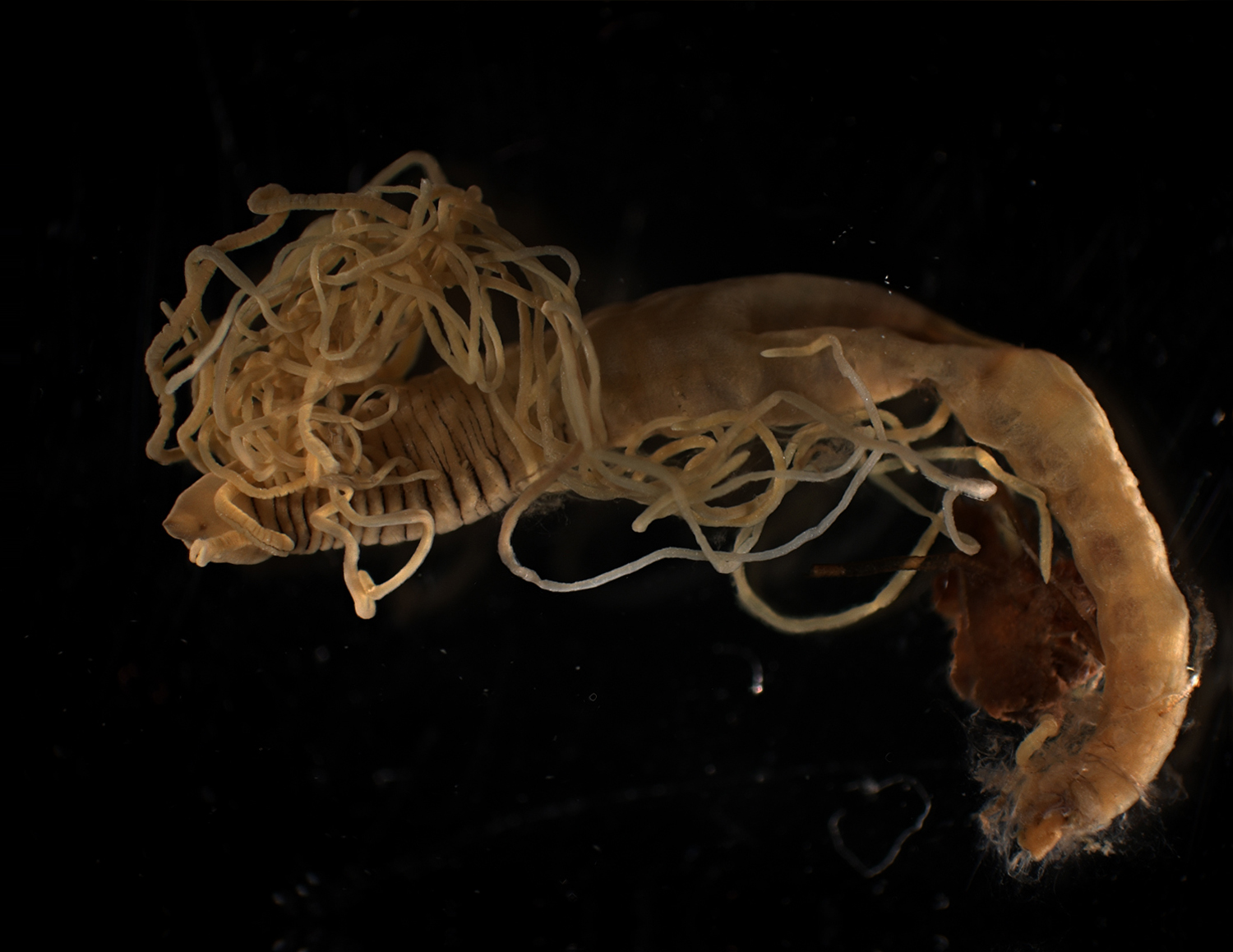
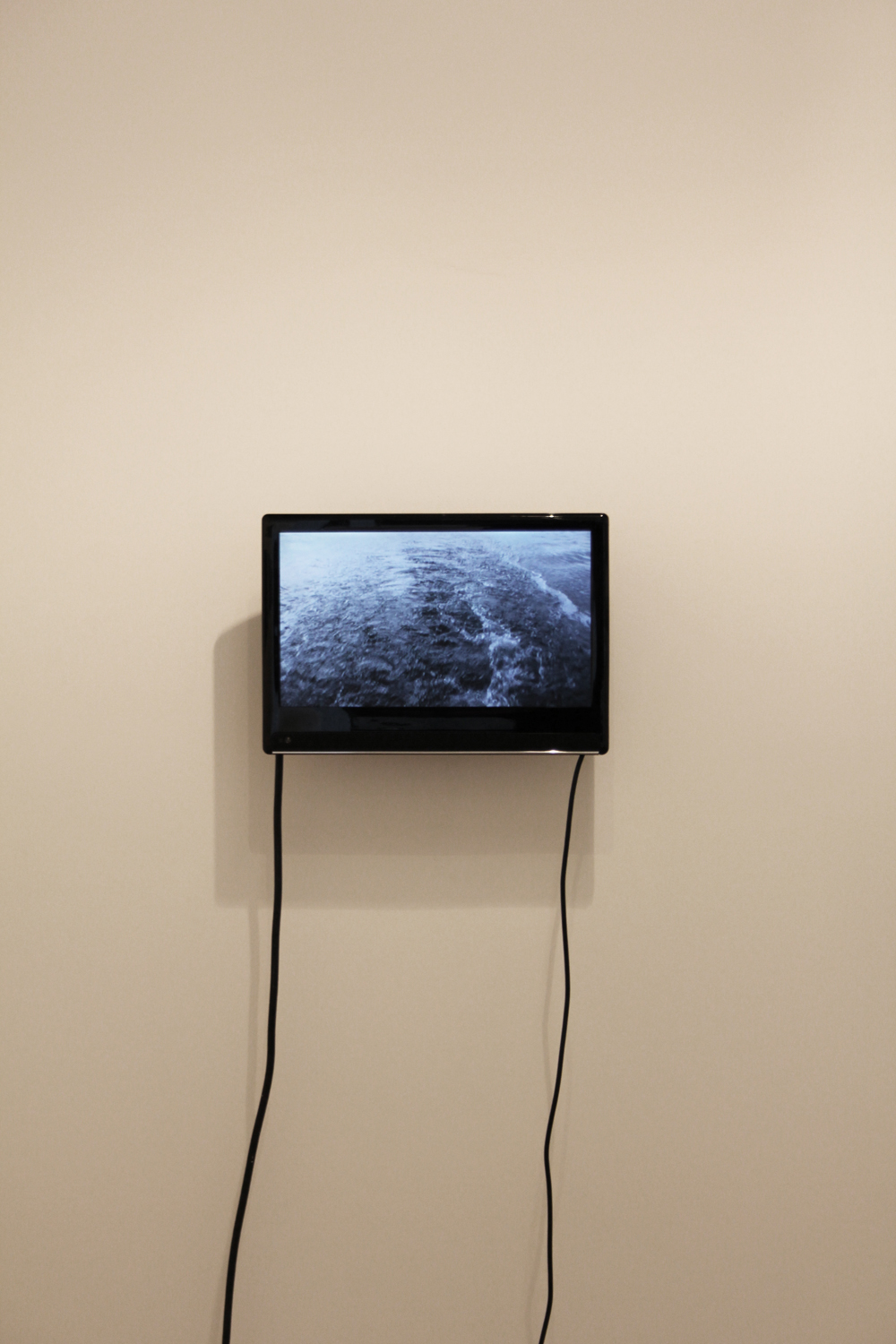
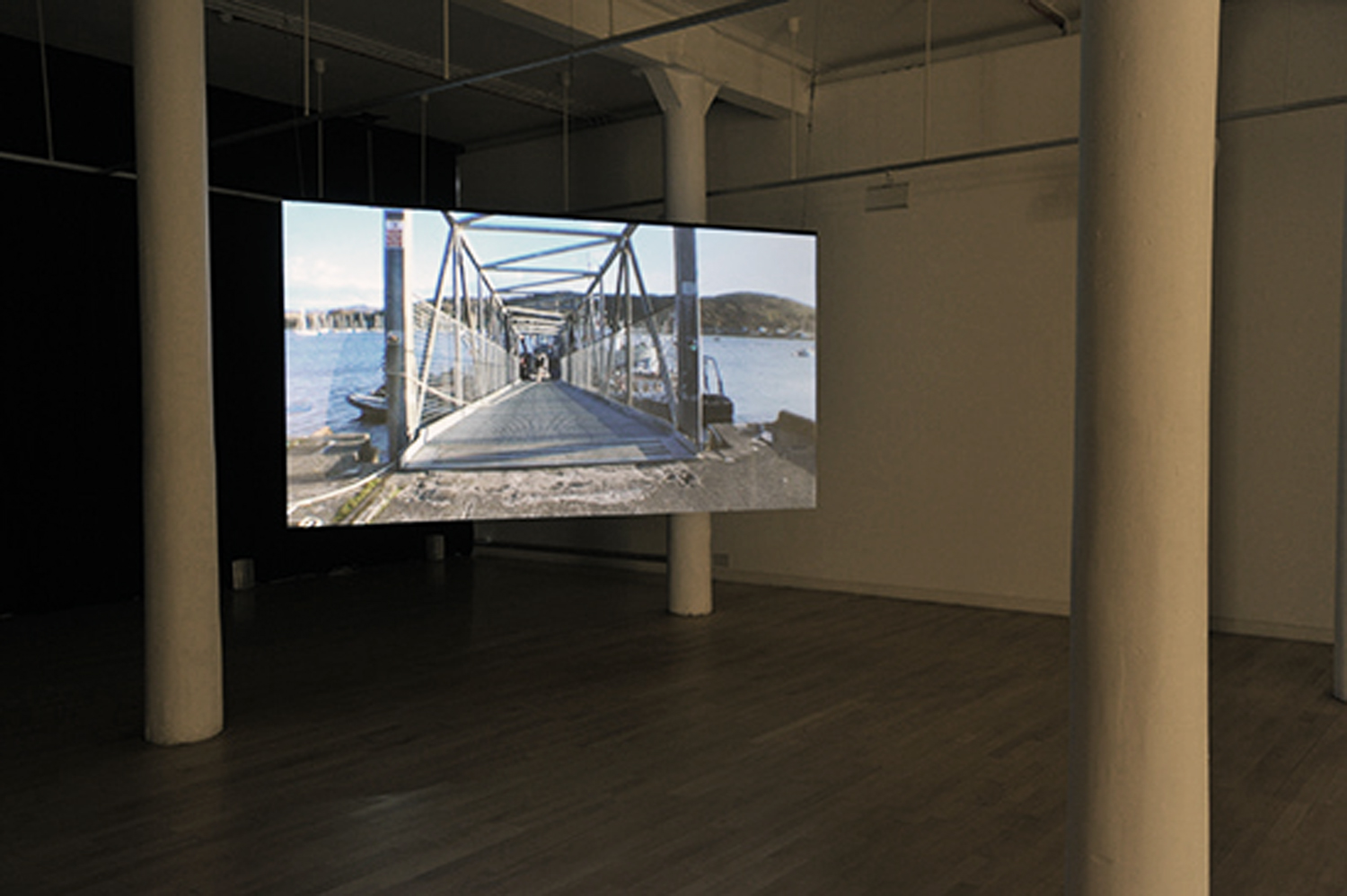
Your Custom Text Here
Slow Water was a Leverhulme Trust funded Residency project with a particular remit to engage across the disciplinary boundaries of visual art practice and marine science. The Slow Water project was supported by the Leverhulme Trust, SAMS, the Scottish Association for Marine Science, a Hope Scott Trust Award and a Film and Video Umbrella Project Development Grant.
Slow Water was a solo exhibition at Street Level Photoworks in Glasgow 2011. Individual films from the project have been shown in the Millenium Gallery in Sheffield in 'Can Art Save Us?' and the Alchemy Moving Image Festival, Hawick in the Scottish Borders.
Slow Water
Slow Water is a project to map the present condition of water in Scotland through the device of a visual arts residency at SAMS, the Scottish Association for Marine Science’s research laboratory at Dunstaffnage, near Oban on the west coast of Scotland. Designed to operate between the disciplines of visual art and research science, the residency was an address to the representation of knowledge of place in art and in science. It was an attempt to learn from the intellectual, material, physical and conceptual logics of the other; to deploy the resources of digital video sound and image installation, photography, drawing, interview, ‘found’ sound and image collection, collation and representation in the realisation of an inhabitable map. A necessarily flawed document operating between the extremes of fiction and documentary, made and found, scaled and scale-less: an acknowledgement of the authority and power of the mapped image and, its inherent flaw as a singular record of the truth of a place, a landscape or a time. Slow Water is a project to represent the aqueous landscapes of Scotland as a shifting reality, as a changing sequence of possible truths operating between tides and seasons, a site of industry and occupation and a significant indicator of environmental change at the microscopic and macroscopic scale.
Slow Water centres on a cross-disciplinary engagement with the research practices of two marine scientists, Dr. Henrik Stahl and Dr. John Howe, in relation to Loch Etive sea loch in northern Argyll on the west coast of Scotland. As the deepest fjord in the British mainland, Etive is viewed by research scientists as a form of inland sea, a microsite for the study of sub-aquatic topography and its implications for the environments of shelf and coastal seas and estuaries in the context of a changing climate. SAMS is one of seven partners delivering the Natural Environment Research Council’s Oceans 2025 programme investigating the challenges of a changing marine environment. Dr. Stahl and Dr. Howe are contributors to Oceans 2025 Theme 1 ‘Arctic Ocean and climate change’ and Theme 3 ‘Shelf and Coastal Processes’.
Dr. Henrik Stahl is a marine biogeochemist working with planar optode technologies to study the transport of oxygen across the sea floor at the point where sediment and water meet. His work produces microscopic sectional images mapping oxygen concentrations in relation to animal activity in marine sediments.
Dr. John Howe is a marine geologist who uses sonar mapping and computer imaging at a macro scale to study the complexities of the sub-aquatic landscapes of the west coast of Scotland, the post-glacial topography and its impact upon the transport of sediment across the continental shelf.
External Links:
Slow Water, Everything Flows 2021
Street Level Photoworks [offsite] Harbour Arts, Irvine
Street Level Photoworks, Glasgow
Slow Water was a Leverhulme Trust funded Residency project with a particular remit to engage across the disciplinary boundaries of visual art practice and marine science. The Slow Water project was supported by the Leverhulme Trust, SAMS, the Scottish Association for Marine Science, a Hope Scott Trust Award and a Film and Video Umbrella Project Development Grant.
Slow Water was a solo exhibition at Street Level Photoworks in Glasgow 2011. Individual films from the project have been shown in the Millenium Gallery in Sheffield in 'Can Art Save Us?' and the Alchemy Moving Image Festival, Hawick in the Scottish Borders.
Slow Water
Slow Water is a project to map the present condition of water in Scotland through the device of a visual arts residency at SAMS, the Scottish Association for Marine Science’s research laboratory at Dunstaffnage, near Oban on the west coast of Scotland. Designed to operate between the disciplines of visual art and research science, the residency was an address to the representation of knowledge of place in art and in science. It was an attempt to learn from the intellectual, material, physical and conceptual logics of the other; to deploy the resources of digital video sound and image installation, photography, drawing, interview, ‘found’ sound and image collection, collation and representation in the realisation of an inhabitable map. A necessarily flawed document operating between the extremes of fiction and documentary, made and found, scaled and scale-less: an acknowledgement of the authority and power of the mapped image and, its inherent flaw as a singular record of the truth of a place, a landscape or a time. Slow Water is a project to represent the aqueous landscapes of Scotland as a shifting reality, as a changing sequence of possible truths operating between tides and seasons, a site of industry and occupation and a significant indicator of environmental change at the microscopic and macroscopic scale.
Slow Water centres on a cross-disciplinary engagement with the research practices of two marine scientists, Dr. Henrik Stahl and Dr. John Howe, in relation to Loch Etive sea loch in northern Argyll on the west coast of Scotland. As the deepest fjord in the British mainland, Etive is viewed by research scientists as a form of inland sea, a microsite for the study of sub-aquatic topography and its implications for the environments of shelf and coastal seas and estuaries in the context of a changing climate. SAMS is one of seven partners delivering the Natural Environment Research Council’s Oceans 2025 programme investigating the challenges of a changing marine environment. Dr. Stahl and Dr. Howe are contributors to Oceans 2025 Theme 1 ‘Arctic Ocean and climate change’ and Theme 3 ‘Shelf and Coastal Processes’.
Dr. Henrik Stahl is a marine biogeochemist working with planar optode technologies to study the transport of oxygen across the sea floor at the point where sediment and water meet. His work produces microscopic sectional images mapping oxygen concentrations in relation to animal activity in marine sediments.
Dr. John Howe is a marine geologist who uses sonar mapping and computer imaging at a macro scale to study the complexities of the sub-aquatic landscapes of the west coast of Scotland, the post-glacial topography and its impact upon the transport of sediment across the continental shelf.
External Links:
Slow Water, Everything Flows 2021
Street Level Photoworks [offsite] Harbour Arts, Irvine
Street Level Photoworks, Glasgow